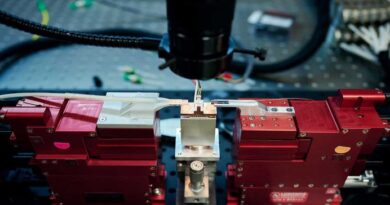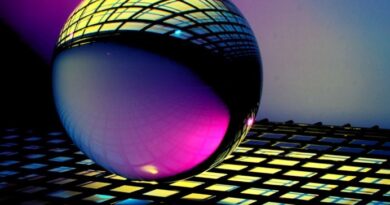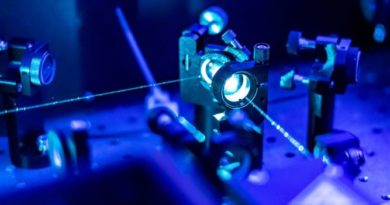Quantum Fluctuations Affect MIT’s 88-Pound Mirrors on Macroscopic Level
The effects of quantum mechanics are far too subtle to detect in everyday objects. And yet, the universe, when seen through the lens of quantum mechanics, is a mysterious, noisy place where particles crackle and blink constantly in and out of existence.
Now for the first time, a team led by researchers at MIT LIGO Laboratory has measured the effects of quantum fluctuations on objects at the human scale.
The MIT researchers report observing that tiny quantum fluctuations can surprisingly “kick” an object as large as the 40-kilogram mirrors of the U.S. National Science Foundation’s Laser Interferometer Gravitational-wave Observatory (LIGO).
LIGO is designed to detect gravitational waves arriving at the Earth from cataclysmic sources millions to billions of light years away. A lot of work has been carried out to shield LIGO’s interferometers from external noise, so that they have the best possible chance of picking out the subtle disturbances created by an incoming gravitational wave.
“This quantum fluctuation in the laser light can cause a radiation pressure that can actually kick an object,” McCuller adds. “The object in our case is a 40-kilogram mirror, which is a billion times heavier than the nanoscale objects that other groups have measured this quantum effect in.”
The “kicks” observed on LIGO visibly caused the mirrors to move by a tiny degree, something that the team was able to measure.
As per an MIT press release, the quantum noise in LIGO’s detectors was enough to move the large mirrors by 10-20 meters — a displacement that was predicted by quantum mechanics for an object of this size but had never before been measured.
“With LIGO’s mirrors, we’ve done all this work to isolate them from thermally driven motion and other forces, so that they are now still enough to be kicked around by quantum fluctuations and this spooky popcorn of the universe.”
The findings could have widespread implications for the fields of quantum mechanics and, particularly, quantum computing, which promises to revolutionize computers by creating state-of-the-art machinery that can make calculations it would take a classical computer thousands of years to complete.




